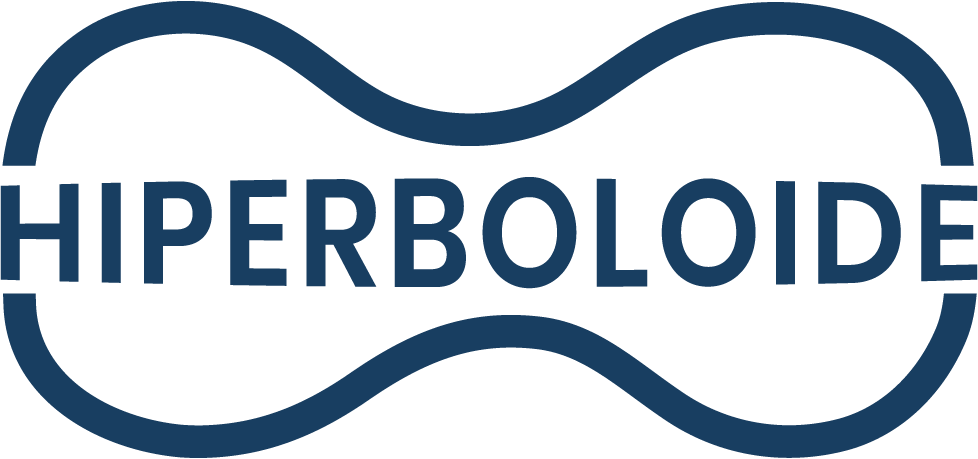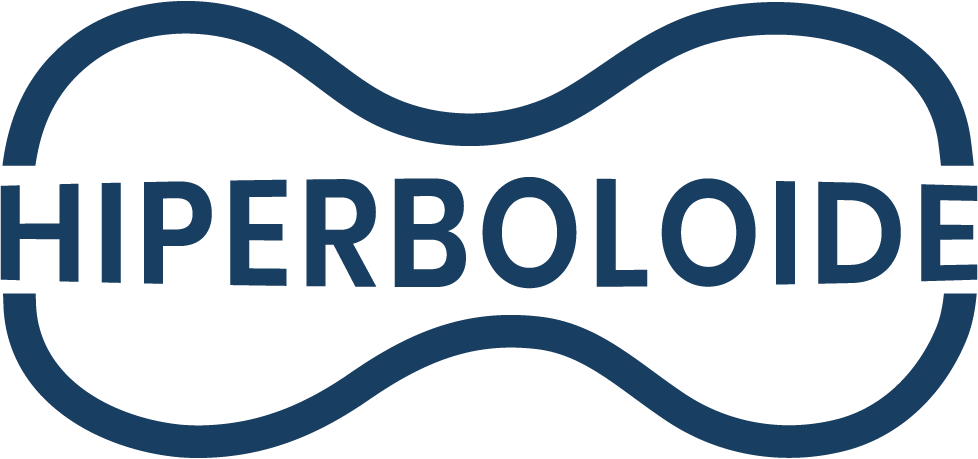Nasal breathing favors harmonious facial growth due to adequate lip sealing, resting mandibular position and contact of the tongue with the palate, which promotes the natural expansion of the jaw in balance with the natural forces of the orbicularis oris muscle. The loss of this balance leads to postural and structural changes, mainly in craniofacial morphology. ( Andrade et al, 2005)
In work carried out by Andrade under the supervision of 3 speech therapists and 2 orthodontists, with 40 children aged between 6 and 10 years, it was found among those surveyed that oral breathing and nasal obstruction can also be caused by incorrect habits.
This study highlighted that the stomatognathic system has a great capacity to develop adaptive patterns, having high plasticity and the dynamic balance of the chewing muscles being responsible for the development of a physiologically balanced occlusion. ( Andrade et al (2005)) .
Also in this study, it was highlighted that treatment should be instituted as early as possible and the following results were found:
42.5% are class I, 50% class II 1st division, 7.5% class III. In children who presented class I (42.5%), 58.82% had parted lips, 76.47% had a sagging upper lip, 88.23% a thick lower lip with eversion. 94.11% have sagging lower lip, 64.70% with asymmetrical cheeks, 82.35% with flaccid cheeks, 88.23% rigid mental tone and open jaw posture at rest, 76.47% decreased tongue tension and 52.94% narrow palate. In cases that presented class II 1st division (50%), 70% had parted lips, 60% upper lip with flaccid tone, 90% thick lower lip with eversion, 100% lower lip with flaccid tone, 70% with flaccid cheeks, 85% had a rigid mentalis muscle, 70% had an open jaw posture, 80% had reduced tongue tension. In class III patients (7.5%), 100% exhibited parted lips, a thick lower lip with eversion, sagging lower lip, sagging cheek, mental muscle with rigid tone and decreased tongue tension. They also presented 66% of cheek asymmetry and open jaw posture at rest.
It was concluded that all mouth breathing patients evaluated presented some changes in the phonoarticulatory organs and dental malocclusions. (Monograph Dra Fabianaa.Novo Borghi -2016) .
With these data we clearly see how important it is to use the Hyperboloid Chewing Instrument to bring back the balance of the stomatognathic system.
Hyperboloid is a resource used in OFM (Functional Jaw Orthopedics) to promote postural changes in the neuromuscular system, which is one of the main models of bone growth, with the capacity to influence the entire stomatognathic system.
In the case of mouth breathers, we follow the following exercise protocol:
CLICK ON THE IMAGES to access the full videos or access the Links below:
EXERCISES HB01, HB02, HB03: https://www.youtube.com/watch?v=SO_CuZ3qphY
EXERCISE HB10: https://www.youtube.com/watch?v=dwWeVyZodek
EXERCISE HB11: https://www.youtube.com/watch?v=aeavoSe6TOc
EXERCISE HB13: https://www.youtube.com/watch?v=HhUWKGmvgyU
EXERCISE HB15: https://www.youtube.com/watch?v=u42mw_ZTmC0










